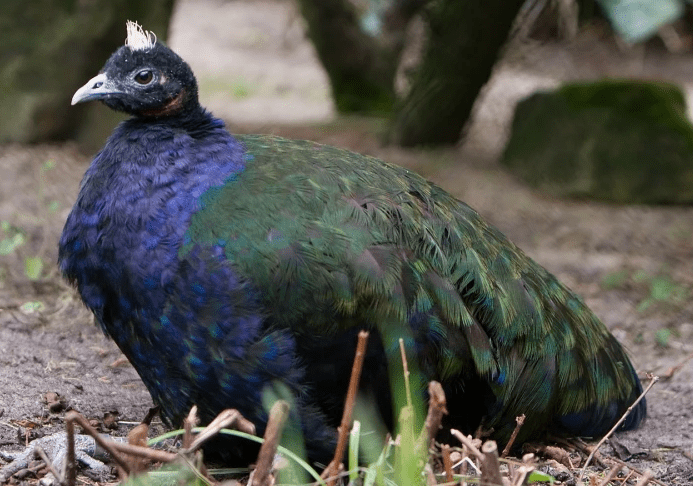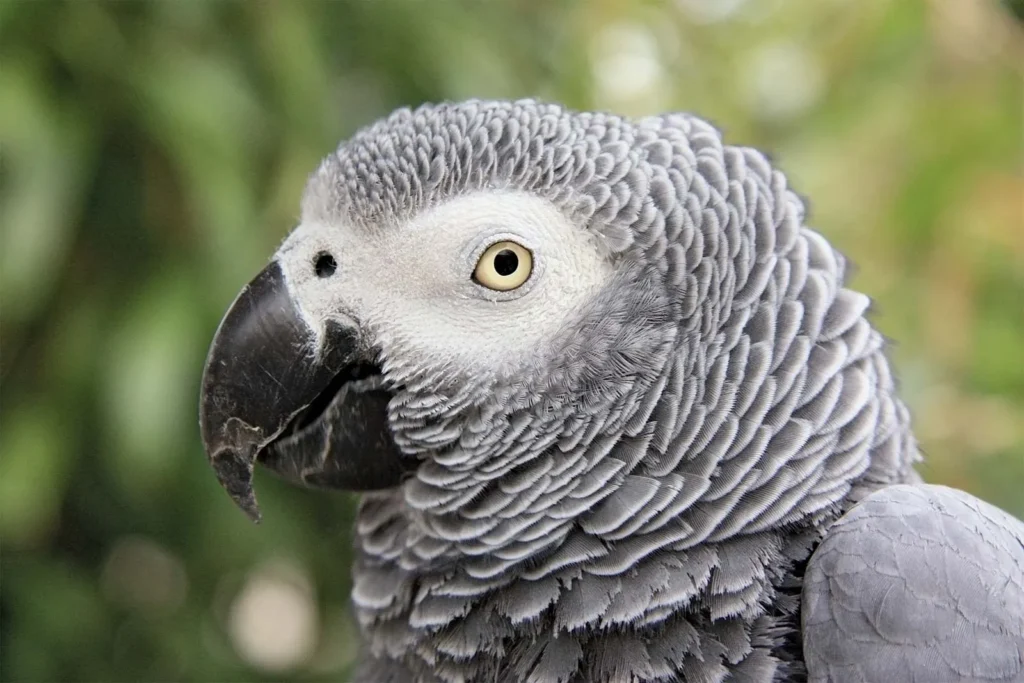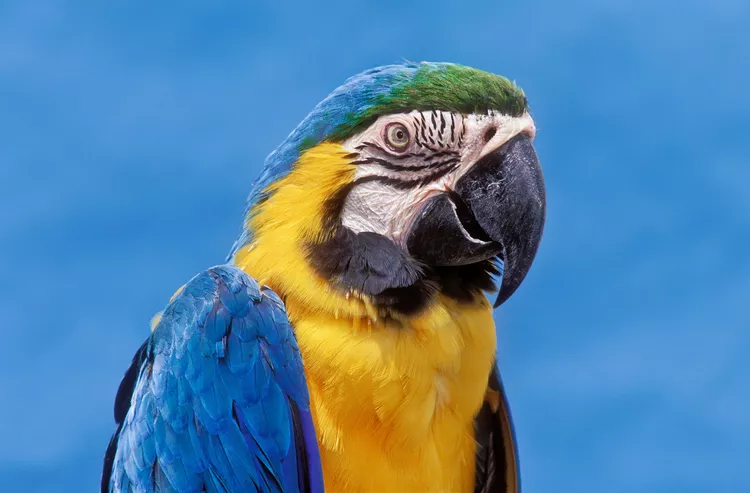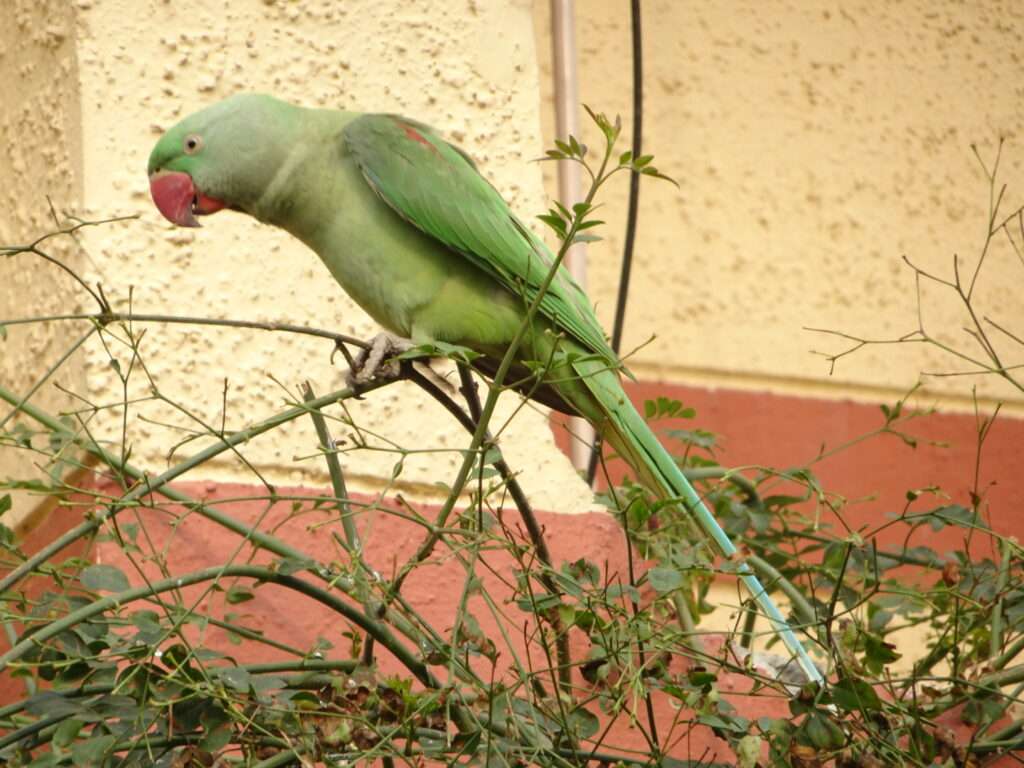
Description
Lifespan: 15-20 years
The African peacock, commonly referred to as the Congo peacock or mbulu by the Bakôngo, is a species of peacock. Its scientific name is Afropavo congensis. The male’s feathers are deep blue with a green and violet tinge, though far less striking than those of its Asian cousins. It has grey feet, naked red neck skin, and a tail with fourteen black feathers. Its crest is covered in vertical white feathers that resemble long hair. The female (peahen) is often a chestnut brown bird with a back of metallic green, black abdomen, and a small crest of chestnut brown color.
Habitat
The Democratic Republic of the Congo’s lowland woods in Central Congo are home to the Congo peacock. They are found in Salonga National Park’s primary and secondary forests.
Behavior
Congo peacock often spend their time alone or with their young in tiny family groupings made up of a mated pair. Particularly during the breeding season, these birds have a strong sense of territoriality. They forage on the ground during the day and congregate to roost at night on low branches or tree brunches. Congo peacocks call loudly and flutter their tail feathers to communicate with one another. The species’ males call with a high-pitched sound called a “gowe,” while the females call with a low sound called a “gowah.”. They also sing loud duets that include the sounds “rro-ho-ho-o-a” from both sexes.

Care as Pet
This peacock has certain easy-to-meet basic needs when being grown in captivity. Here are some tips for housing them and feeding them:
Feeding & Nutrition
The omnivorous peacock species consumes a wide range of foods, including insects, fruits, grasses, invertebrates, and seeds. These birds are fed comprehensive diets in captivity in the form of grains and pellets. For these birds, commercial pheasant diets are excellent. To replicate the diversity of items they can find in the wild, it’s critical to provide Congo peacocks with a balanced diet. Likewise, these birds may become more prone to illness from nutritional deficits.
Housing
Peacocks can be kept in both enclosed and open spaces. Despite having the ability to fly, they rarely do so since they would rather stay in their home areas. Additionally, Congo peacock cannot fly over the cage if the fences are constructed at a sufficient height. Since they are ground foragers, you should give them a lot of room to forage. Regarding housing, peacock need to be shielded from the weather, whether it’s the summer heat or the winter frost. They also require protection from the snow and rain. Their feathers are prone to breaking if they get wet. In the winter, they also require a warm, dry coop, similar to those that are available for chicken and other livestock.
Table





